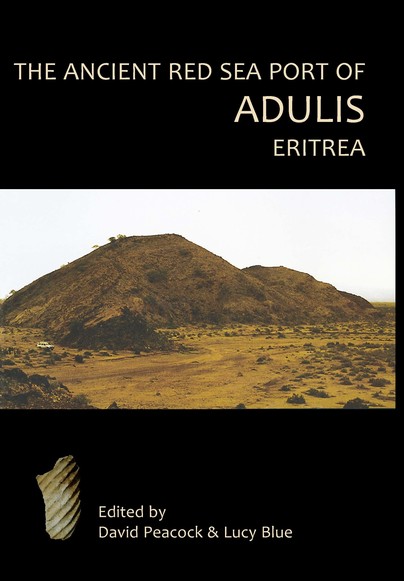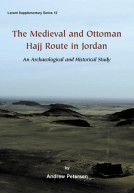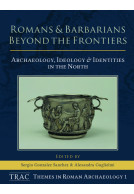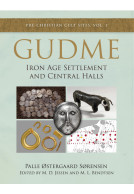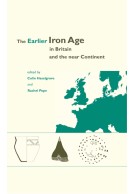Google Books previews are unavailable because you have chosen to turn off third party cookies for enhanced content. Visit our cookies page to review your cookie settings.
The Ancient Red Sea Port of Adulis, Eritrea Report of the Etritro-British Expedition, 2004-5 (Paperback)
Imprint: Oxbow Books
Pages: 145
Illustrations: b/w illus
ISBN: 9781842173084
Published: 15th August 2016
Script Academic & Professional
Pages: 145
Illustrations: b/w illus
ISBN: 9781842173084
Published: 15th August 2016
Script Academic & Professional
You'll be £36.00 closer to your next £10.00 credit when you purchase The Ancient Red Sea Port of Adulis, Eritrea Report of the Etritro-British Expedition, 2004-5. What's this?
+£4.99 UK Delivery or free UK delivery if order is over £40
(click here for international delivery rates)
Order within the next 6 hours, 2 minutes to get your order processed the next working day!
Need a currency converter? Check XE.com for live rates
(click here for international delivery rates)
Order within the next 6 hours, 2 minutes to get your order processed the next working day!
Need a currency converter? Check XE.com for live rates
The port of Adulis was one of greatest significance in Antiquity. It is best known for its role in Aksumite trade during the fourth - seventh centuries AD. However it is also a major port of the Periplus of the Erythraean Sea , a sailors' hand-book of the first century AD. Not only did it offer a good harbour on the route to India, but it was a source for luxuries such as ivory, tortoise-shell and rhinoceros horn. The site was first identified by Henry Salt, in 1810, but there have always been a number of problems, both chronological and topographical with the identification. Firstly, the surface pottery is late in date and accords with Aksumitic importance rather than the Roman. Secondly, Adulis is referred to as a port, but it is today 7 km from the sea. The Periplus refers to an island approached by a causeway, which suggested to some that the site was originally at Massawa, 60 km to the north, a town which today comprises islands connected by causeways. The work of Cosmas Indicopleustes 'Christian Topography' written in the 6th Century AD mentions two other places, Gabaza and Samidi, which have never been identified. The fieldwork on which this book is based resolves these issues. It is suggested that Roman Adulis underlies the Aksumite city. Also the pottery and structures on the Galala hills to the south, show that this was almost certainly 'the site of Aksumite Gabaza. However, off the seaward end of the hills is a rock which would have been a small island in Roman times and on it was a scatter of 1st century AD Roman wine amphorae (Dressel 2-4). The Periplus tells us that ships used to moor of Diodorus Island which was connected to the mainland by a causeway, but was later moved to an island called Oreinê (hilly) for greater security. The latter can be none other than Dese which is the only hilly island in the area and on it field survey has located a fine harbour and an early Roman settlement. The remaining site, Samidi, has also been found, for 7 km north of Adulis are large stone mounds. Architectural fragments and fragments of human bone suggest that this may have been an impressive mausoleum, perhaps the burial place of the kings of Adulis.
Other titles in Oxbow Books...







